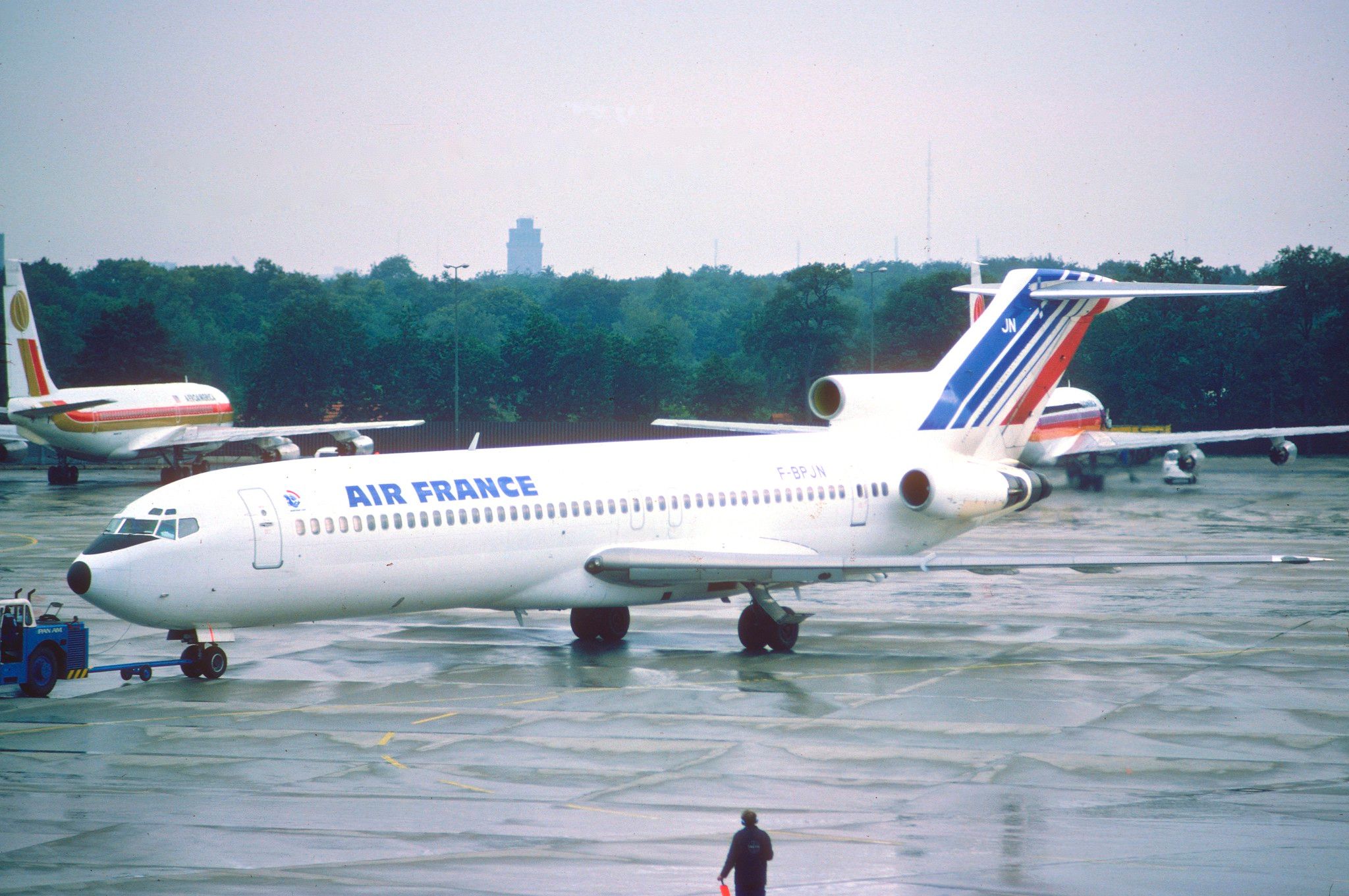Euroberlin France: The Story Of Air France & Lufthansa’s Short-Lived Joint Venture
Euroberlin was a niche airline owned jointly between Air France and Lufthansa to serve markets out of Berlin in what was then West Germany. However, following the country’s reunification and a resulting change in regulations, the airline faltered under competition and was eventually dissolved just six years after it had commenced operations.
The background to Berlin
Euroberlin’s (EE/EEB) story is unique as airlines go. After all, there haven’t been too many airlines over the years that can claim two major international carriers as joint owners. However, that is a claim that Euroberlin could boast in its short life of operations.
The history of Eurberlin goes all the way back to the end of the Second World War. A civil air service declaration permitted only airlines from three allied countries (UK, US, France) to operate domestic routes from West Berlin’s two primary airports – Tegel and Tempelhof. As the national carrier of West Germany, Lufthansa was not permitted to operate domestic German flights from the city at this point.
British European Airways (BEA) and Pan American Airways (Pan Am) took full advantage of this agreement, opening up services within West Germany and other European countries. Air France also opened up operations from West Berlin, initially using Caravelles, but these flights were quickly dropped following huge losses being incurred.

Air France did not withdraw from the West German city entirely, however. The airline maintained regular flights between Berlin and Paris Orly (ORY), initially using Sud Aviation Caravelles before replacing them with its larger, more modern Boeing 727-200s.
Throughout the 1970s and early 1980s, successive decline was seen in the passenger numbers flying on internal routes from West Berlin’s airports. However, following an upturn in traffic numbers in the mid-1980s, West Berlin once again came to the attention of Air France executives in Paris, who spied on an opportunity to re-enter the German domestic market.

By this point, Pan Am was ailing as an airline, and its West Berlin operation was slowly winding down as a result. British Airways had kept up a presence throughout, but by this point, was also focussing its attention elsewhere on its network.
The competition faltering and a lack of decent domestic connections from West Berlin, combined with the lack of competition in a growing market, caused Air France to look at re-establishing operations on domestic routes within West Germany.







